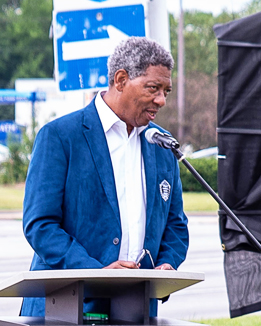
The NAACP Toledo Unit and local radio station WJUC 107.3FM facilitated a community conversation about youth, violence, and homicides. The virtual conversations were held on February 19 and February 26. Panelists, participants and conversation listeners could voice concerns and comments via the radio station’s Facebook page and live each Saturday morning.
Robert Smith, African American Legacy Project executive director, steered the conversation each week and Toledo’s NAACP president and Jerusalem Baptist Church Pastor Rev.Willie Perryman opened and closed the weekly conversation.
Organizations note that both men and women of various disciplines who’s change is education and experience to find strategies to address problems while supporting existing programs were invited to speak on the topics. The first week examined the root cause or causes of violence and invited panelist Brian Byrd, former Fire Chief and newly appointed City of Toledo Safety Director. Week two discussed current solutions and necessary next weeks.
The invited panelists were Romulus Durant, EdD, TPS Superintendent; and Loren Taylor, City Councilman in Oakland, California; and the following panelists participated both weeks: JoJuan Armour, City of Toledo Commissioner on Violence; Shay Bankston, social worker; and Lamore Myrick, PhD, executive director of Rhode Island Juvenile Facility.
Initial discussion asked panelists to define the program that is deemed the root cause of youth violence and homicides.
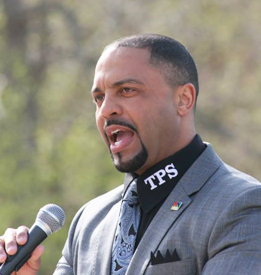
“We have the ones that are recycling through this violent process, they witness crimes of their family members and friends. If we don’t reach out to them, they will keep having the same small percentage of youth going through criminal activities,” said Byrd.
“The violence and homicides are a phenomenon and have become a fabric of society. Why not call it a public health crisis?,” said Smith.
“I’m concerned. The need to address spiritual health is high. Violence is impacting us spiritually and physically, Violence is taking away lives and generations,” said Rev. Perryman.
“Generational tendencies do play a significant part in root causes, it dates back to slavery. The black community has dealt with trauma, our young people have been traumatized and it could be pass down from generation to generation,” said Bankston.
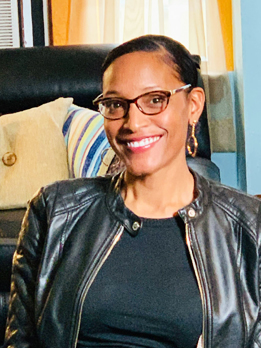
The panelists continued to debate whether youth violence should be categorized as a public health crisis. According to health and medical websites, a health crisis or public health crisis ‘is complex and affects humans in one or more geographic areas, may result in death.’
Additionally, according to the National Gang Center, Cure Violence Model formally known as CeaseFire, is a broad community approach to prevent and reduce gang violence utilizing the public health model. Cure Violence model is used by the City’s Violence Interrupter’s program.
“Well typically public health crisis impact communities of color and communities that experience high rates of poverty. When the problem starts to drift into other areas of society, then it becomes a public health crisis, in my opinion. This isn’t new, what would be new, is if we had a proactive approach to solve it, instead of doing things we know to be true to address these problems. We’re not a very proactive society,” said Bankston.
“To address this as a public health crisis. We (the violence interrupters) interrupt the transmission to stop the spread and change the norm,” said Armour.
“When we’re building trust, how we treat this is key. Let’s compare how the crack epidemic verse how the heroin epidemic was addressed. If they see this treated like business as usual, the trust we need to address this won’t exist,” said Byrd.
“When Covid happened, it was all hands-on deck. We had lock downs, mask mandates, testing and vaccines. We’re now rounding the curve to the endemic stage. We need to pour resources and the lessons learned into our community. Time is of the essence,” said Dr. Myrick.
The panelists discussed current resources and solutions that exist, while naming specific community-driven action steps.
“We can’t have just a one-off conversation, we need more people in the room. It is up to us to hear and do something. Everyone can and should do something. It starts in our community. Just start by saying ‘hi’ to kids. We need to listen to them even if you don’t agree. We have to love them because these kids are our kids. Let’s continue to invest in education, neighborhoods, healthcare and communities. The kids are not a means to an end,” said Myrick.
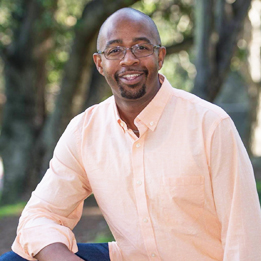
“Anything that goes on in the community, we want to be a potential solution or the solution. It’s all hands-on deck to make sure that these things happen, whether it’s mentoring or opportunities. We want to be instrumental in the lives of our kids and the adults. When we come across a need, whether it’s education, technology, remote access, etc, we address it. At the same time, we want to provide access. We have six career tech high schools that are focused on removing barriers. We, as adult, also have to have high level conversations and invest in other organizations. I sit on 10-12 boards because I wan to be apart of decisions when they are made. These organizations need our presence and support, said Durant.
“Kids can see a fake. We need opportunities to hold each other accountable and platforms that provide opportunities to hold individuals accountable,” said Armour.
The discussion also featured special guest Councilman Taylor of Oakland, California who discussed methods implemented by the local government to address violence.
“What happened in Oakland is deeply personal. We had to recognize that gun violence is a large problem facing and distortional impacting the black community. Gun violence is a public health crisis and we should have a public health approach. We need preventive care and primary care, we need to have different levels of care and response. We created the Department of Violence Prevention in the City of Oakland. It focused on preventing and pulling in resources like the violence interrupters, victim assistance to cub retaliation and to address the needs of the whole family,” said Councilman Taylor
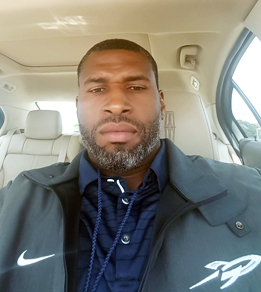
“On the primary care side, we focused on reimaging public safety, we had over 140 Oakland residents and asked them how to improve public safety. Police are a tool, but not the only tool. There are mental health responders, community hospitals, schools and recreational centers. We brokered a cease fire strategy, there were about 300 individuals who were responsible or connected to a majority of gun violence. Instead of a broad approach, we focused on victims of gun violence and those involved, accountability and how we support them. We know that wrap around services are 100% critical. Our kids don’t start off as shooters, there are signs and opportunities to caught and shape them along the way. We’re missing those opportunities and not encouraging them with role models and wrap around support to make alternative decisions,” Taylor added.
One video was shown which featured an interview with Danyelle Merriweather-Gott, a mother whose son was killed by gun violence. Ms. Merriweather-Gott describes the events and activities that led up to her hearing from a doctor that he son died.
“The whole time the doctors were talking, they were speaking in past tense. I remember getting out to the parking lot and passed out.”
